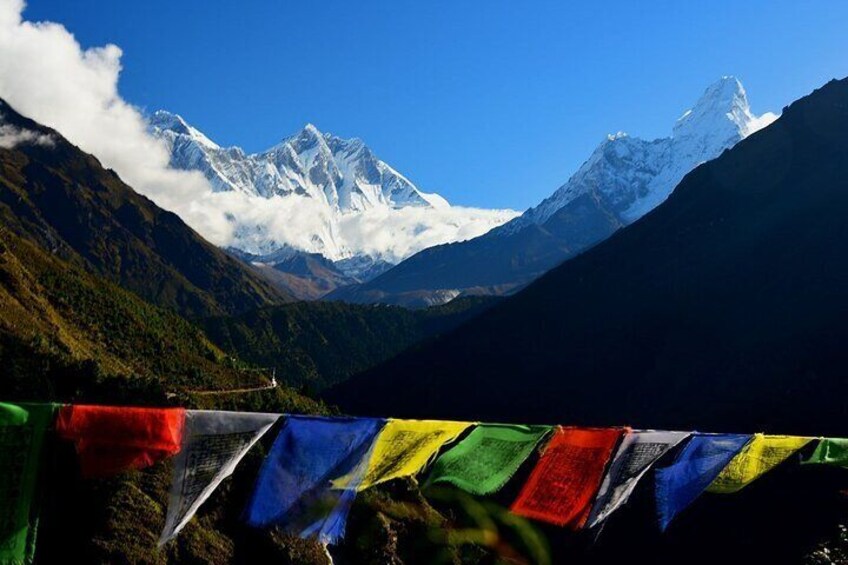Whether you’re an experienced trekker or you’re just getting started, there are a number of things to consider when planning a trip to Annapurna Base Camp. Some of these things are dangerous, while others are easy to overlook. Read on to find out what to expect during your trip.
Accommodations available
Getting the right accommodation for your 7 Days Annapurna Base Camp Trek can be a difficult process. However, there are plenty of options. You can stay in a lodge, a tea house, or a homestay. The cost of accommodation varies depending on the quality of the lodge or guesthouse you choose.
You can find tea houses, lodges, and community teahouses along the Annapurna Base Camp route. They provide clean toilets and rooms, as well as meals. They also have a common area where you can hang out and chat with other trekkers. They may also have charging stations and wireless internet.
You can also stay in hotels in Kathmandu. These are typically located in the city’s tourist hub, Thamel. The hotel representative will meet you at the airport and transfer you to your room in a private vehicle.
The best time for trekking in the Himalayas is during the winter months, which is when you can get the best views of the Annapurna and Dhaulagiri range. There are very few chances of rain, and it is also a good time to see snow-capped peaks.
Dangers
Despite the fact that Annapurna Base Camp is considered one of the safest treks in the world, it’s important to understand the risks that may come along the way. Here are some tips to ensure your safety when trekking in this region.
Altitude sickness is the most common risk that’s faced by trekkers. If not dealt with, it can lead to serious complications. This condition occurs when the body is unable to acclimate to low oxygen levels at high altitudes. Symptoms include nausea, fatigue, headache, and sleeping problems. If not treated, it can be fatal.
Another major concern is the risk of avalanches. Many trekkers have lost their lives in avalanche-prone regions. However, there are only a few avalanche-risk areas in the region. You can take steps to prevent avalanches from occurring. The best thing to do is to stay vigilant.
When planning a high-altitude trek, the climate is a major deciding factor. The best time to visit the region is from October to December. The weather can be unpredictable, and some trek routes are closed during winter.
Altitude sickness symptoms
Whether you are on a seven day Annapurna Base Camp Trek or trekking elsewhere in the Himalayas, altitude sickness can be a problem. Although the signs and symptoms vary depending on your health and fitness, there are a few tips to help you avoid getting sick.
The best way to prevent altitude sickness is to go slowly, drink plenty of water, and wear protective clothing. If you need to take prescription medication, be sure to tell your doctor.
Altitude sickness can be deadly, so it is important to know how to recognize and treat the condition. There are two types of altitude sickness, and each can cause severe symptoms. If you notice any of the following symptoms, you should descend as soon as possible.
One of the most common altitude sickness symptoms is a headache. This can be accompanied by nausea, dizziness, and a loss of appetite. This is a result of your body not adjusting to the low oxygen levels at higher elevations.
Timings
Getting to Annapurna Base Camp is the first part of the trek. You will pass through many villages and jungles of ethnic Nepalese people. There are some waterfalls and mesmerizing views that you will experience along the way. The trekking is relatively easy. You will also get to experience authentic Nepalese food.
This trek is ideal for travelers who want to see the beauty of the mountains in a short period of time. The region is home to a variety of wildlife. You can find bears, musk deer, leopards and langur monkeys.
The Annapurna Base Camp Trek is one of the most popular treks in the Annapurna region of Nepal. You will find many well-established lodges and tea houses that offer first-class meals. Most of these lodges charge extra for electricity. If you plan to trek in Nepal, you should bring a medical kit and a safety pack.
The best season to trek in the Annapurna region is the spring. The weather in this region is warm and clear, allowing you to enjoy the view of the mountains. However, the winter months are also suitable. Snowy peaks are often visible during this season.
